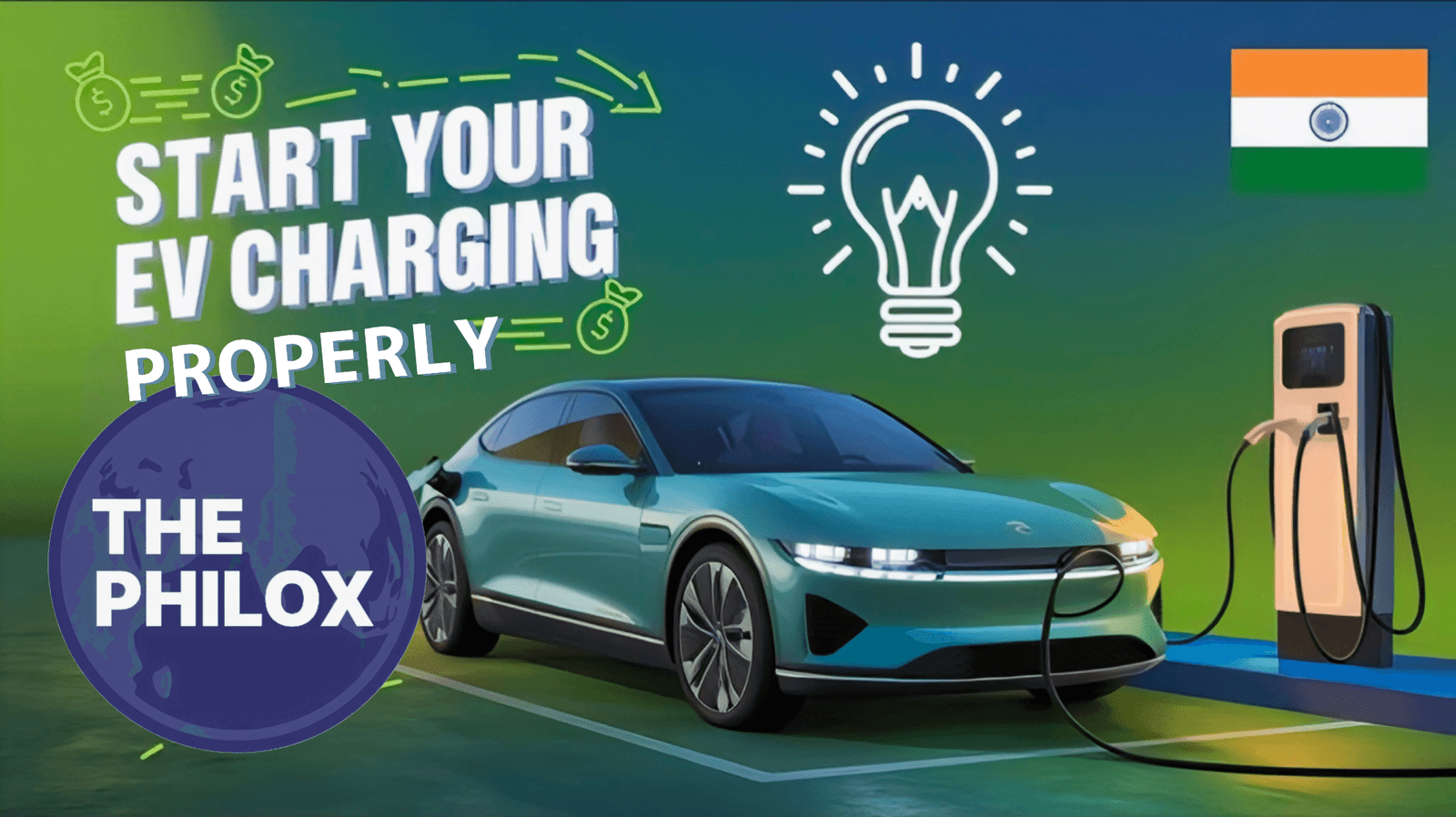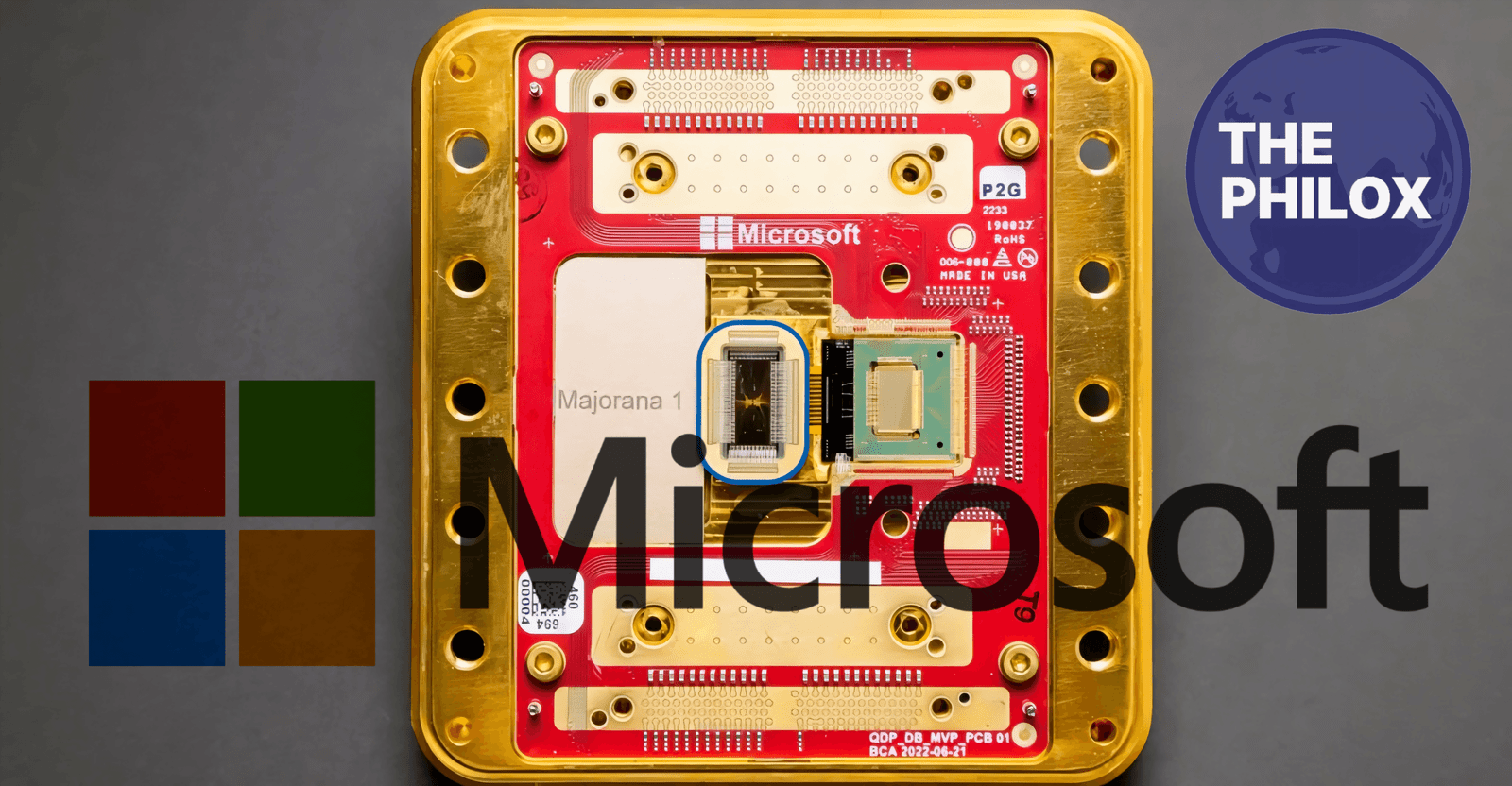Introduction: Importance of EV Charging Infrastructure
Electric vehicles’ implementation is more imperative to abate greenhouse emissions as well as boost the paradigm for sustainable modes of transportation.
In any event, large-scale electrification comes at the condition that the EV would be based upon a secure network of charges capable of addressing apprehensions by avoiding range and inconvenient access and comfort.
Mindful of that concern, in light of incentivising the opening up of electricity vehicles charging infrastructure which made way to facilitate for its stakeholders about getting on this road towards joining green mobility changeover.
Government Initiative to Boost the EV Charging Infrastructure
FAME Scheme: Focus Area and Incentive
The government introduced FAME (Faster Adoption and Manufacturing of Hybrid and Electric Vehicles) scheme in order to enhance the adoption of EVs in the country.
1. Focus Area: The government offers grants for incentives in these vehicles and infrastructures so that they will adopt EVs
2. Phase
- FAME I (2015-2019): Subsidy on the EVs and pilot project
- FAME II (2019 onwards): Scope including public-charging infrastructure subsidy.
Under the FAME II, the cost of EVSE is subsidized up to 70%. For certain categories like those categorized in the priorities based on government decision, 100% can be availed as subsidy.
PM e-DRIVE Scheme
It runs parallel with the FAME which primarily focuses on the up-stream infrastructure development. Under the PM e-DRIVE, there are:
- Up to 80% subsidy for the development of foundational infrastructure such as grid upgradation and transformers.
- Exceptional cases, such as high-priority zones, may be eligible for 100% subsidies to ensure holistic support for the development of the EV ecosystem.
State-specific incentives
In addition to central schemes, states have also initiated their own subsidy programs. For example:
1. Delhi EV Policy: It grants 100 percent subsidy on the cost of charging equipment for the initial 30,000 installed charging points.
2. Maharashtra: A combination of financial and non-financial incentives, which will include tax breaks and lesser cost of acquiring lands.
3. Tamil Nadu and Karnataka: A focus on incentivizing EV charging stations by setting electricity tariffs lower and granting capital subsidies.
1. Eligibility Criteria to Get the Subsidy
The applicant is an individual, company, or organization that proposes to establish public charging infrastructure.
Projects shall be designed according to the guidelines of the EVSE as cleared by the Government and Grid Code.
2. Documents Required
- Ownership or tenancy of the proposed location
- Technical drawings for the proposed infrastructure and the equipment to be installed
- Financial projections and estimates
- Compliance certificates in terms of local legislations
3. Application Process
Central Scheme: Online Application through FAME II portal or the Ministry of Heavy Industries.
State Schemes Apply through the respective state government portals or nodal agencies designated by the state.
4. Time Lines Application Processing time is around 4 to 8 weeks depending on scheme and completeness of application.
Role of Public Private Partnerships
Public private partnership is one among the corner stones of scaled -up EV Charging networks.
- Role of Public sector 1.Provision of grant, land as well as expertise
- Role of private sector 2. Investment in Technology, Infrastructures as well as operation
Already in existence and operating models are between entities in the power sector and local municipalities by adopting fast charger stations in towns.
Broader Benefits of Subsidy
1. Environmental Effects
- Emission reduction toward a fresher air environment, hence fighting global warming.
- Renewable energy used in charging stations
2. Economic Impact
- Employment for the production, installation, and maintenance of the EVSE
- Economic stimuli to the local economy in terms of its uptake of the EVs.
3. Technological Change
- Indigenous development of EVSE technology.
- Battery and charging technology innovation.
Subsidy by the Indian government for the EV charging infrastructure is a very prominent step towards achieving sustainable mobility.
Programs like FAME II, PM e-DRIVE, and state government policies have brought down the financial barrier significantly to allow businesses and individuals to erect EV charging stations.
Public-private partnership brings in better outreach and efficiency to the network. By their involvement in such projects, all the project stakeholders support the protection of the environment, growth of the economy, and technology.
With a single charge, the road to a clean, green future begins, now’s the time to plug in.
Stay Connected and Share Your Stories
For all those inspired by stories of resilience and ambition, follow us on X/Twitter and on Instagram . For those with untold stories that you would love to share, please send them to contact@thephilox.com




